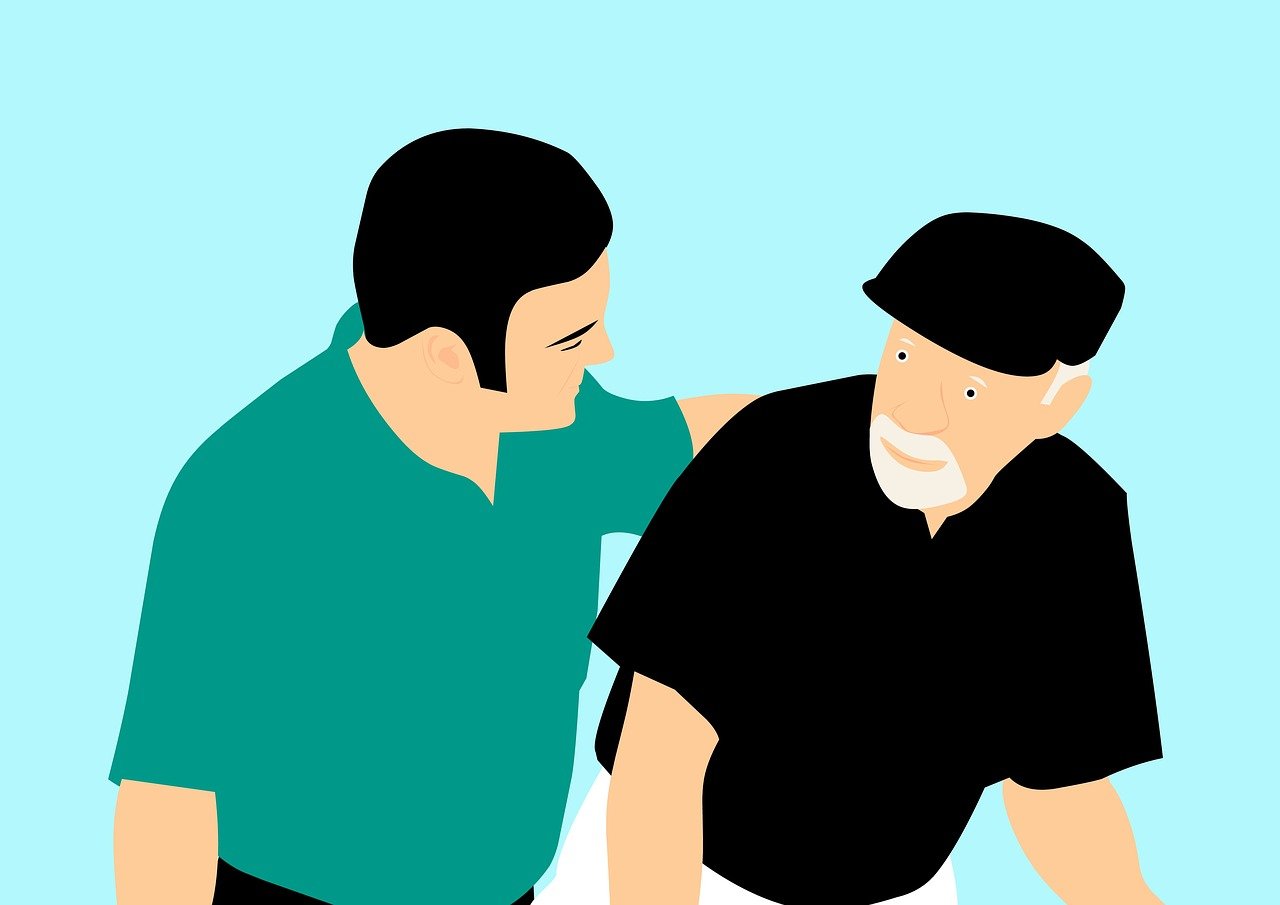As a care home owner, one of the biggest challenges you’ll come across when you’re looking for ways to provide the best care to your residents is to also run the place in an efficient way. Trying to do these two things at once can be hard, but it’s certainly not impossible. Keep reading to find out how you can use technology in your care home to make everyone more comfortable and happy, including your staff.
Electronic Health Records
Going from traditional paper-based records to electronic health records (EHR) can change the way you work in your care home and help to make you be more efficient and to give much better care to your residents.
EHR systems allow you to access all your residents’ information in real time, meaning that you’ll have instant access to their medical history, medication schedules, and care plans. This means your team can look after people in a much better way, ensuring that all their needs are met. This will reduce errors with things like medication, for example, and it will make your residents feel a lot more comfortable. On top of that, your team will be more confident that they are doing the right thing, so they will be happier to engage with residents.
Remote Monitoring
Remote monitoring, along with telehealth technology, has become crucial in a care home setting, especially during times when it’s hard to arrange in-person visits. This kind of tech allows you to monitor residents’ vital signs, detect changes in their health conditions, and even conduct virtual consultations with other healthcare professionals. This will speed up any help the resident needs and could make a huge difference in their ultimate outcomes.
When you are able to integrate remote monitoring and telehealth solutions, you can help people in a much more timely manner, give people healthcare that’s more accessible, and ensure that your residents receive the attention they need when they need it.
Assistive Technology
Assistive technology plays a big role in helping residents be more independent and to do this in a safe way. Smart home devices, like voice-activated assistants and sensor-based systems, can help residents control lighting, temperature, and their devices (like TVs and sound systems), and call for help when they need it.
You can also give residents wearable devices like fall pendants or wristbands that will alert your team in case of emergencies. When you are able to include assistive technology in your care home, you can make sure that residents stay as independent as possible, free up staff time, but also keep tabs on how everyone is doing and send help when necessary.
Streamline Administrative Tasks
Managing the administrative tasks within a care home properly is crucial if you want the place to run smoothly, and technology can help with this. You might implement electronic scheduling, staff management software, or payroll solutions to streamline everything and reduce paperwork. This would also reduce any errors that people might make. You can even use technology to tell you when you need to order more equipment, such as commode chairs.
When your care home is running smoothly thanks to technology, your team will have more time to help patients, which makes everyone happier. The residents have their needs met, and your team will feel as though they are doing the job they signed up for, not a load of paperwork.

